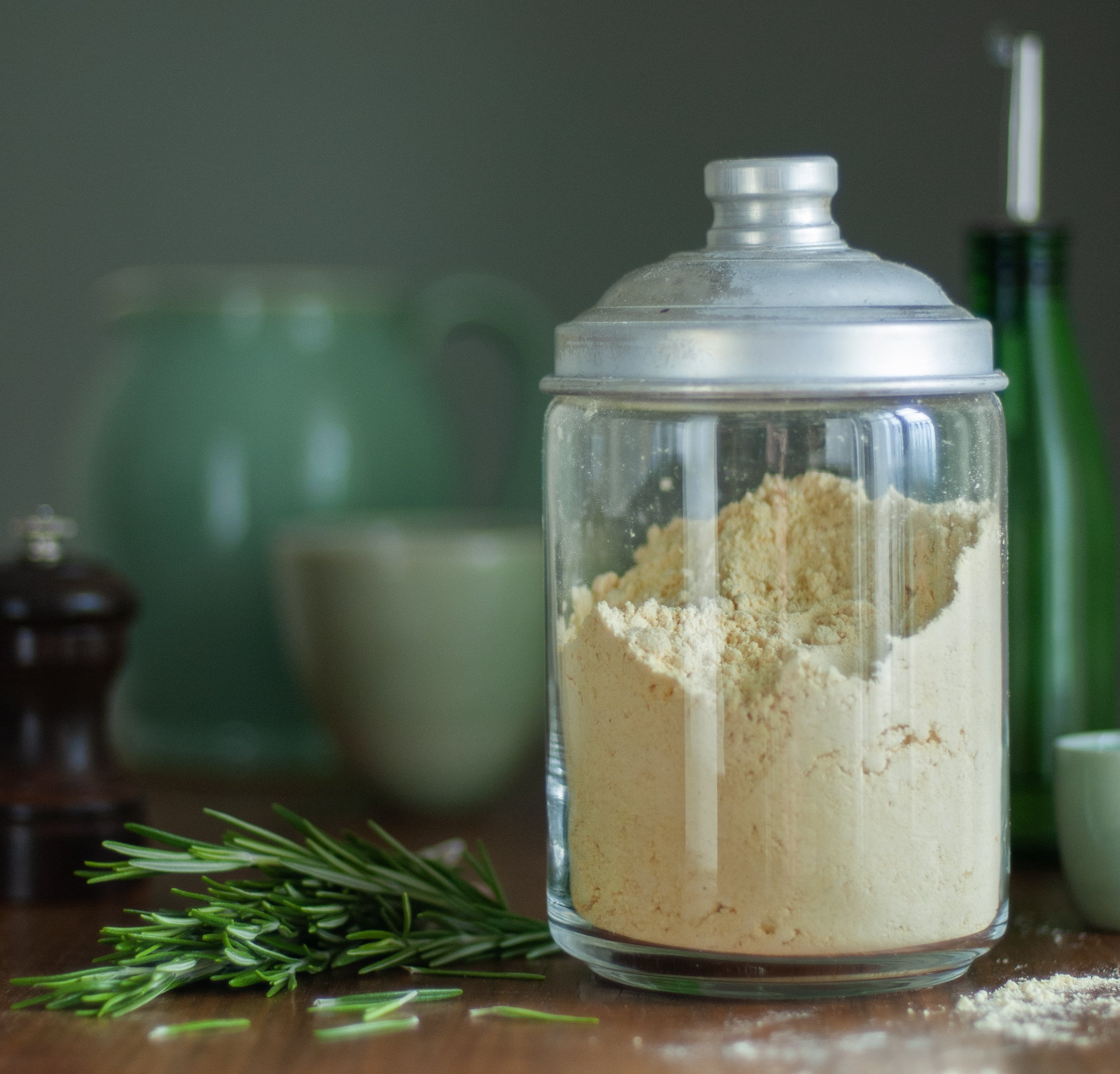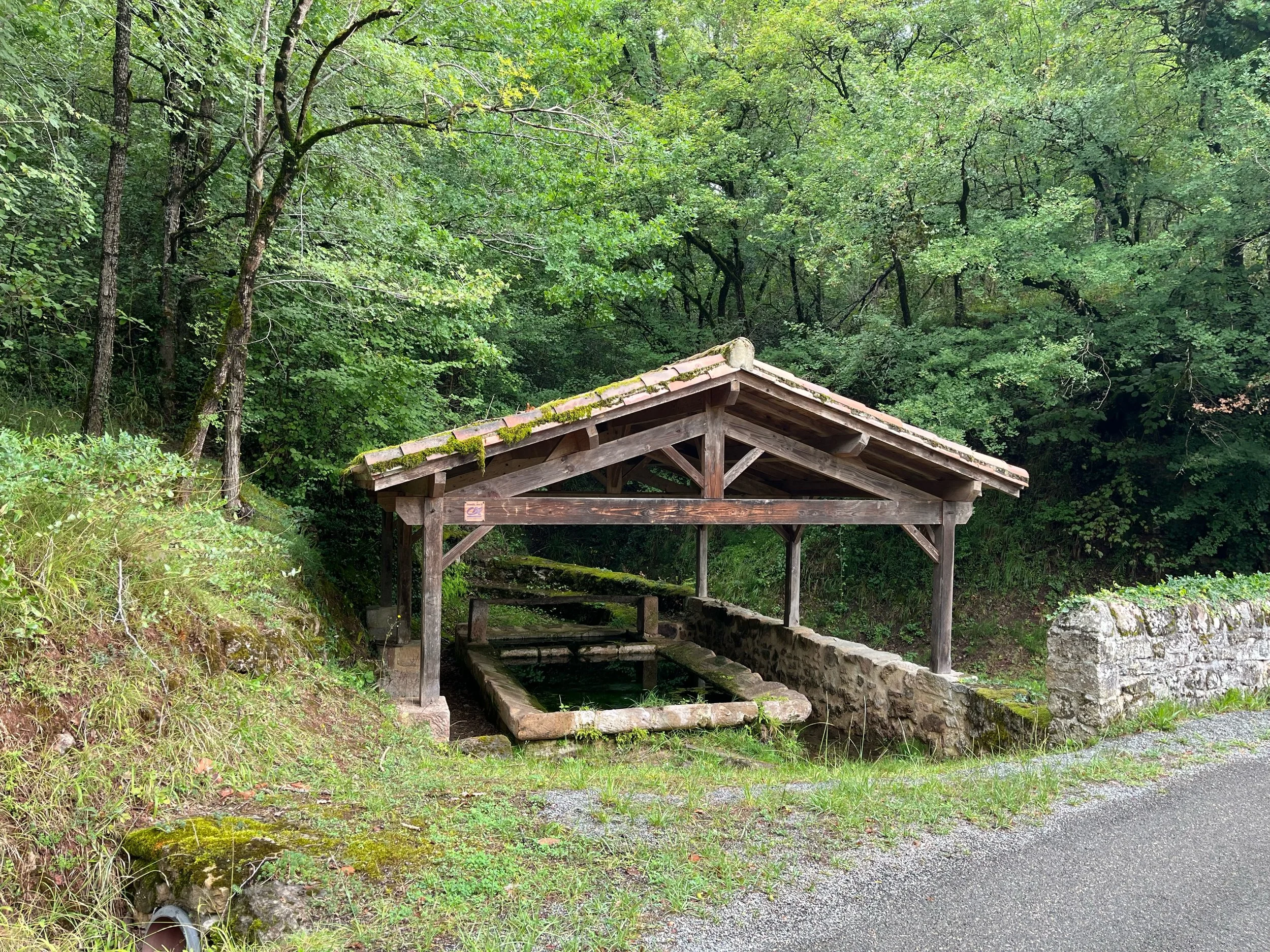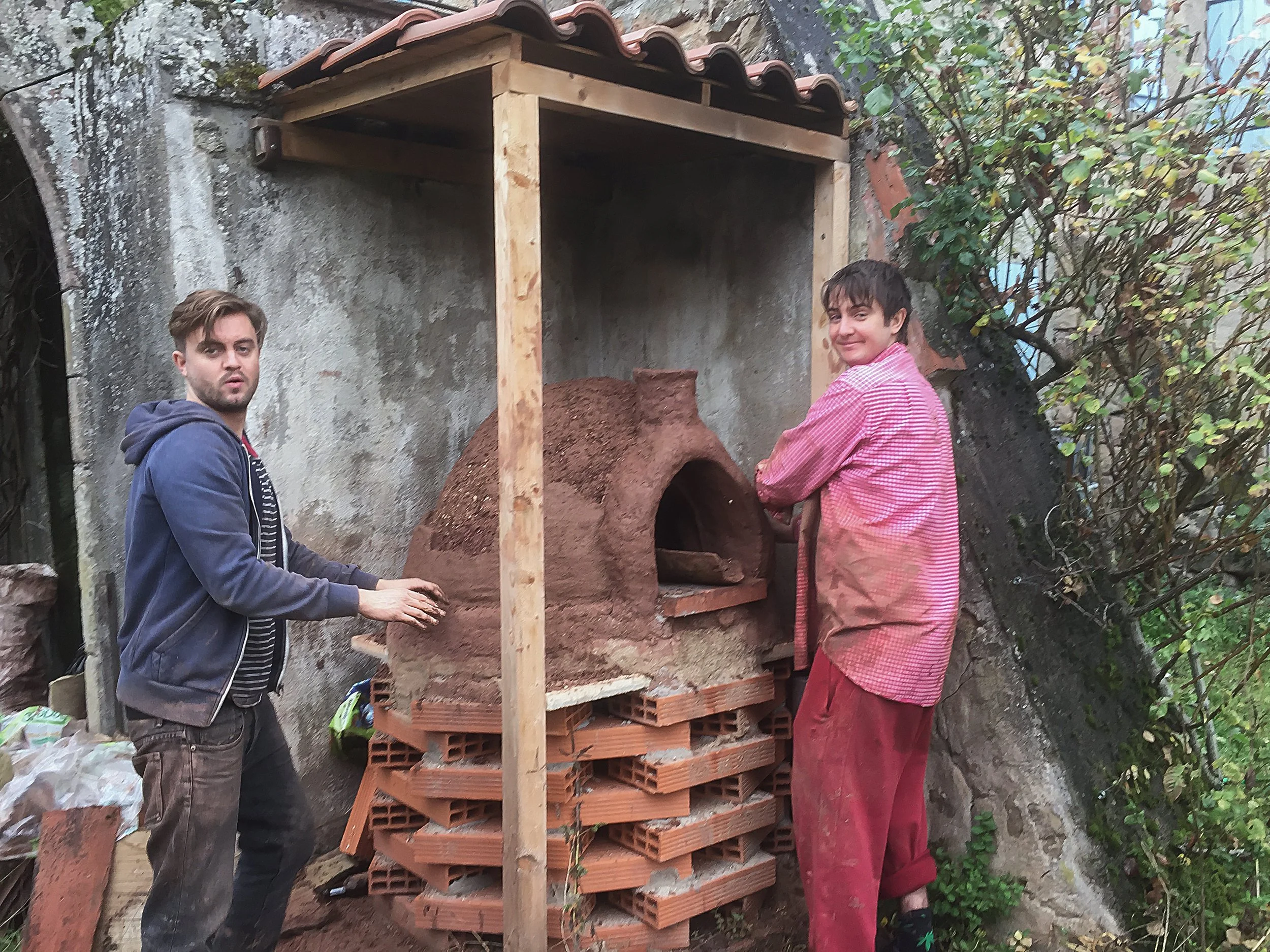chickpea flour
I first discovered chickpea flour years ago in Tuscany when searching for something gluten-free with which to make a coating for fried fiori di zucchini (courgette flowers). Chickpea flour was the answer: it makes a superb, crisp and crunchy batter. Throw in some sage leaves too – they counterbalance the courgette flowers a treat! (Recipe in my book, see page 52.)
Chickpeas were cultivated in the Levant and Egypt as early as 8000 BCE. Their flour is widely used across India, throughout the Middle East, North Africa and the Mediterranean. My friend Chandan taught me how to make Indian besan (the Indian name for chickpea flour) pancakes with grated carrot and courgette – brilliant for a light supper (see page 49). Meanwhile, in Iran they make sweet chickpea flour biscuits, nane-e nokhodchi, decorated with pistachios to celebrate their New Year (see page 253). Chickpea flour is a good source of protein, fibre and several B-vitamins.
Chickpea flour is finely milled with a golden hue – and has a relatively short shelf life, so buy in small quantities
One summer, our dear Tuscan friend Giovanna (an ex-student of ours and cook extraordinaire) came to stay in Marnaves with her husband and son. She spied the chickpea flour on our shelf and set about making us all farinata – a traditional baked chickpea flour flatbread, rather like a thick pancake, and a favourite street snack in Liguria and Tuscany – with rosemary scattered on top. It was a revelation!
Later that summer, when Alex and Louis (my two younger sons) came to stay, they set about constructing a traditional four à bois (wood-burning oven) from local materials, to enable us to make the finest authentic farinata! My husband Andrew had already built a base for it to sit on and a little roof of local canal tiles to protect it from the elements. Insulation is key when making a four à bois – internal temperatures can reach 500°C – and the bottom of the oven is traditionally insulated with empty wine bottles (for ours, these were bequeathed to us by Frédéric, the local gardener). Firebricks were laid on top to create the oven’s floor, then a mound of wet sand heaped in the centre and carefully shaped to form a mould for the domed top of the oven. This was constructed in three layers, using red clay-rich soil dug from a spot up the road beyond the local lavoir, where the women of the village once did their laundry.
The Marnaves lavoir where, in bygone days, the locals washed their clothes
The first and third layers were made from soil (carefully sieved to remove stones) mixed with sand and water in the wheelbarrow with a spade, and the middle layer was soil mixed with plenty of straw for vital insulation, donated by Léo, a neighbouring farmer. (Léo is the last remaining farmer in the village: when we arrived in 2003 there were three. He is currently 96, as fit as a fiddle, still driving his tractor, and, with his wife, still growing all their veg and fruit, which they bottle to see them through the winter.) Alex fashioned a fine chimney and an outer door with a nifty little handle. The whole thing was allowed to dry – and all was ready for our farinata!
Louis and Alex at work, applying the final layer of mud to the oven
The heat of oven was so fierce we could actually see the farinata cooking in front of our eyes! Amazing and scrumptious!
France’s own chickpea flour speciality is panisse from Marseilles, the very popular deep-fried chickpea flour chips that you can dip into a lovely garlicky aioli for apéro. To my delight, farmers in the Tarn are now growing organic pois chiches (chickpeas) from which they grind a wonderful artisan flour perfect for farinata. It only has a shelf life of around six months, but when fresh its flavour is irresistible. At this time of year I always bring some back to Cardiff, for both Alex and me!
The recipe for farinata can be found here.



